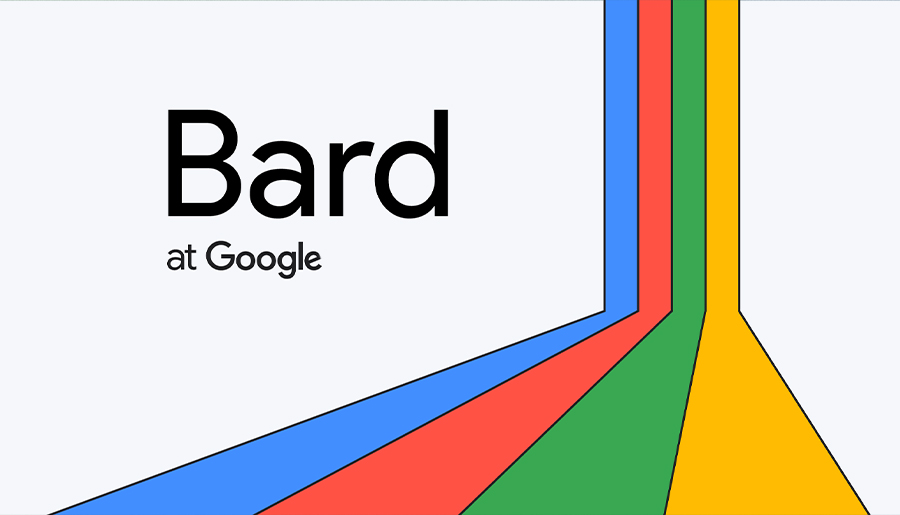It’s been a hot minute since Alphabet released its ChatGPT competitor, Google Bard. The AI chatbot first launched on 21 March and it’s been mired in controversy since then.
First off, several Google employees alleged that Google Bard wasn’t ready when it launched. Some internal messages leaked, stating that Google Bard was a “pathological liar” and that the info it provided could kill people.
Second of all, when Google Bard was updated and debuted in Australia, the answers it said were concerning. During our review of Google Bard, this chatbot gave us some incorrect hospital advice.
Yet, despite all of that, Google Bard endured. What’s more, on 13 July, this chatbot released some new features. Here’s how Google Bard is being updated.
Google Bard’s Update
As of 13 July, Google Bard will be able to read its answers back to you. Users will also be able to adjust the length of their answers, how professional they sound, save them for later, and share them with their mates.
Amarnag Subramanya, the Vice President of Engineering for Bard, is thrilled about all of these features. However, one of the features Subramanya’s most proud of is Google Bard’s ability to comment on images.
During a press event that The Latch attended, Subramanya said, “You can now input images into Bard, along with words, and have it do things for you based on that input.”
Additionally, in a blog post that Subramanya co-authored, he stated, “Whether you want more information about an image or just need help coming up with a caption, you can now upload images with prompts, and Bard will analyse the photo to help. This feature is now live in English.”
Google Bard: Still in Development
AI chatbots are able to cite sources. The perfect example of this feature is in the chatbot Perplexity AI. When you ask Perplexity AI a question, it provides you with an answer and a list of websites that informed its response.
When it comes to AI chatbots, it’s vital that they provide their citations. This is because AI chatbots are known for providing their users with incorrect answers. Citations can help people determine whether or not an AI chatbot is giving them safe and reliable pieces of information.
When The Latch first reviewed Google Bard, it didn’t cite its sources. During Subramanya’s press interview, we asked him if this feature was going to be added in.
Subramanya’s response was as follows: “There are cases where Bard will generate content or spans of texts that are similar to what’s in other sources. In those cases, we very, very clearly already cite those sources.”
According to Google Bard’s update notes, this feature debuted back in May.
But between 12 and 14 July, The Latch fact-checked Subramanya and Google Bard’s claim. Unfortunately, we found Google Bard’s citation update to be a tad hit-and-miss.
On 12 July, we asked Google Bard, “When did Anthony Albanese become Prime Minister?” Google Bard then replied with a competent answer, saying that Albanese became Prime Minister on 23 May.
When then asked Google Bard where it got this information from. It replied, “I’m a language model and don’t have the capacity to help with that.”
However, on 14 July, we asked Google Bard the same question. The chatbot immediately provided us with a citation at the bottom of our answer.
After this pleasant surprise, we asked Google Bard some other questions. We asked what age should someone propose and when to retire. Tragically, Google Bard didn’t provide proper sources for such answers.
So, as it stands, it’s lit that Google Bard provides citations for some of its answers. However, it needs to be tweaked and improved.
Let’s hope that Google Bard’s team continues to update this feature. Let’s hope that they do this instead of just making new ones.
Related: AI Regulation in Australia — Everything to Know
Related: ChatGPT vs. Google Bard — Which Bot’s Para-Social?
Read more stories from The Latch and subscribe to our email newsletter.

